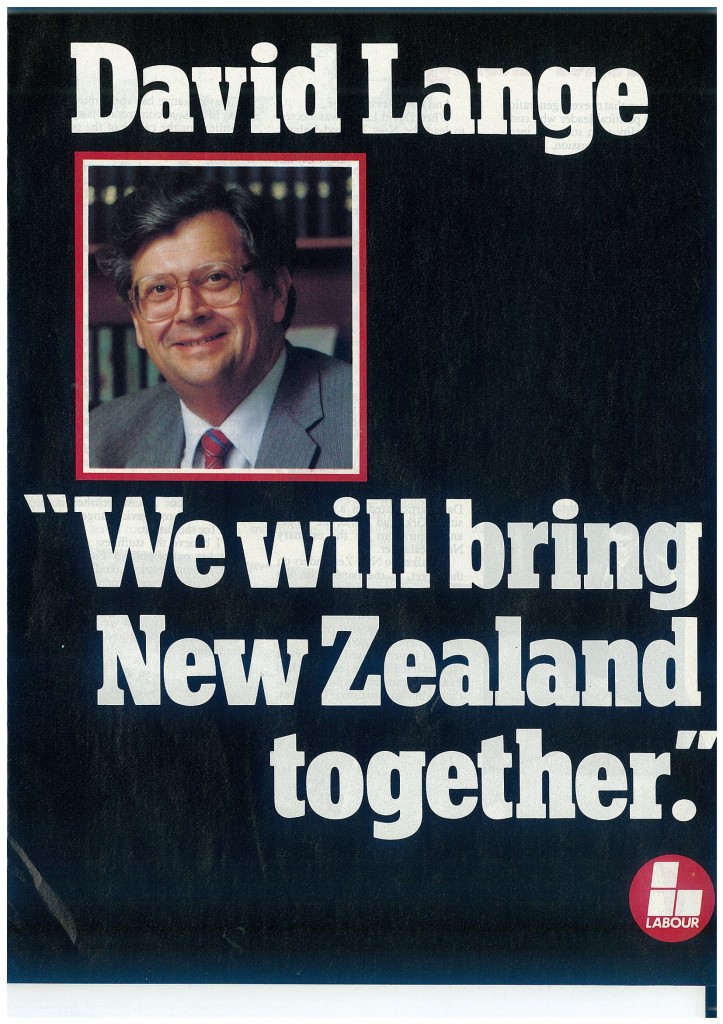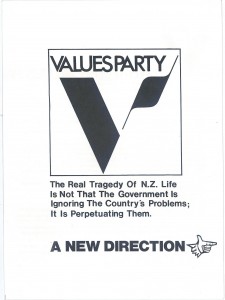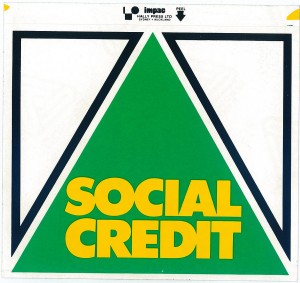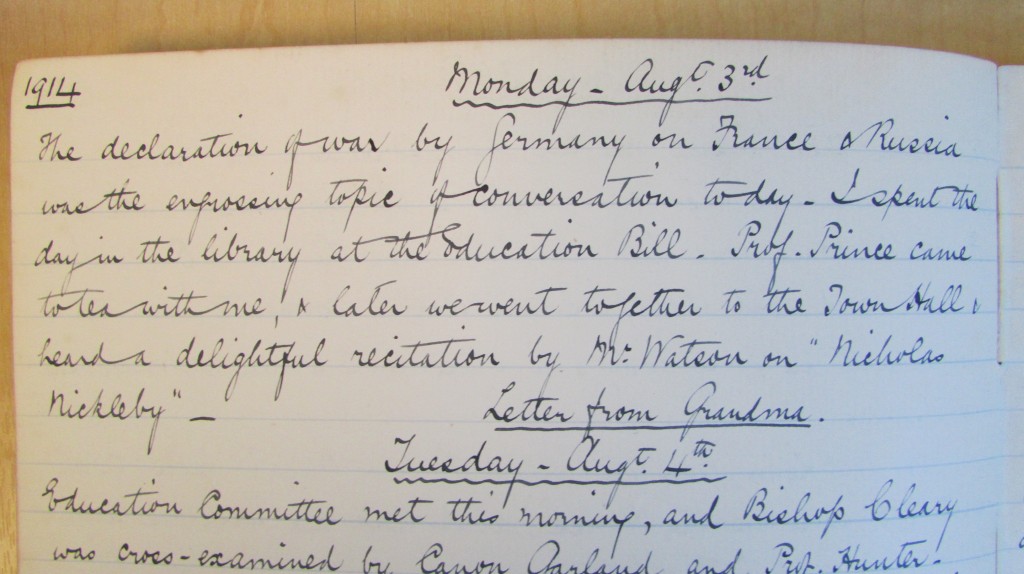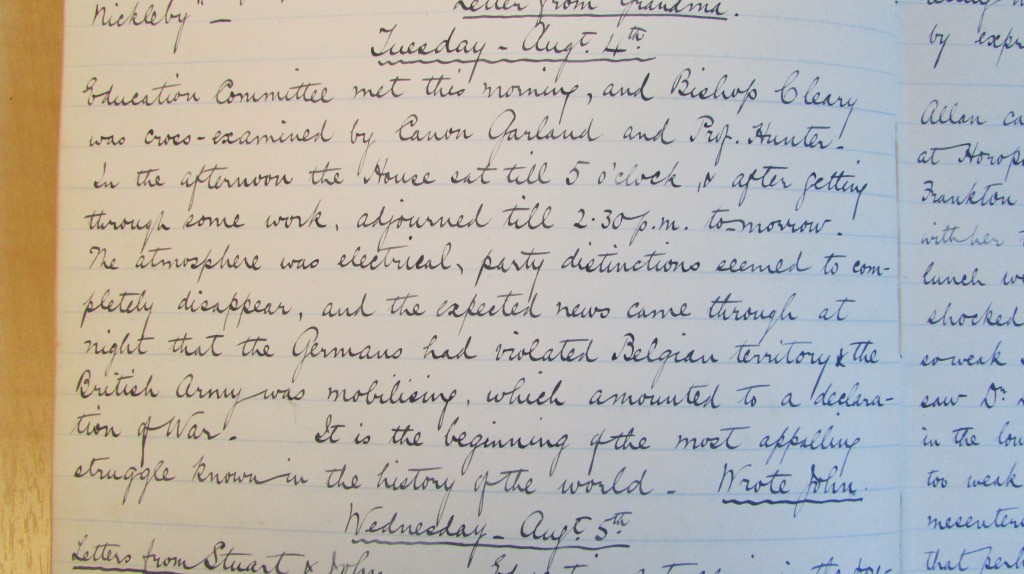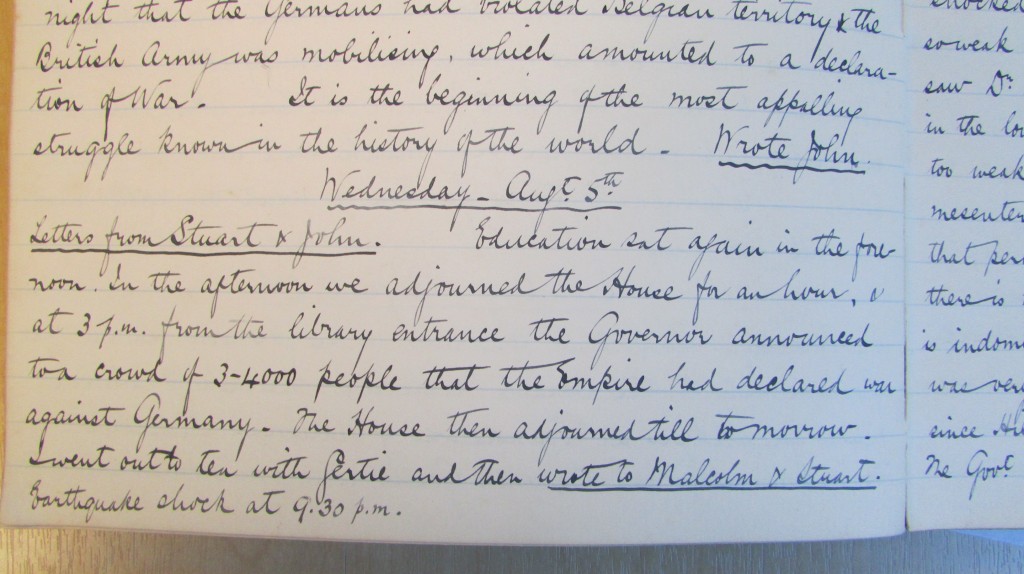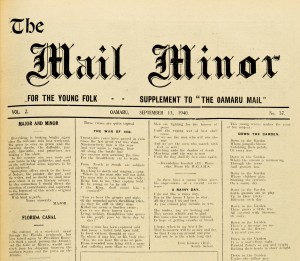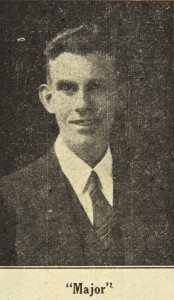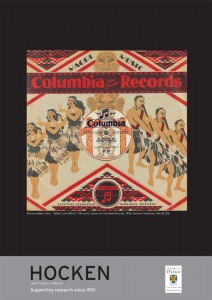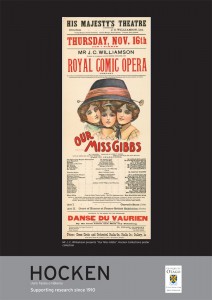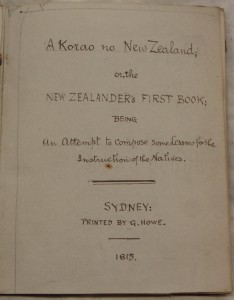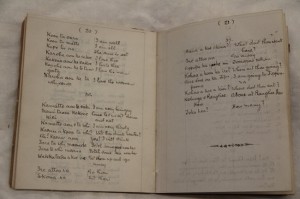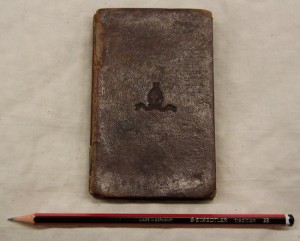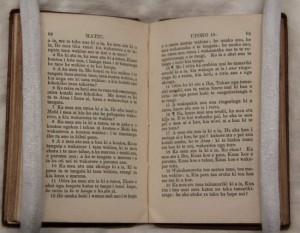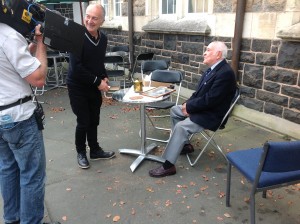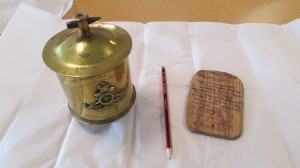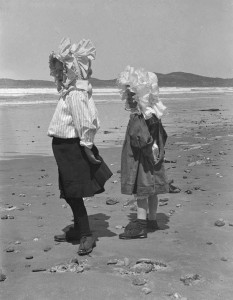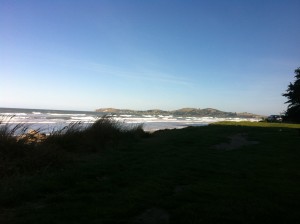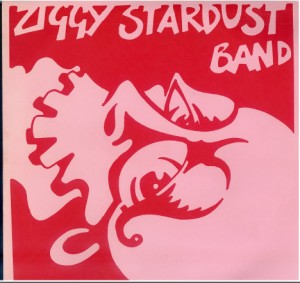In 19th century Aotearoa New Zealand, Māori-language newspapers carried the written word of the day throughout the land. The first newspapers in te reo Māori were published by the colonial government shortly after the signing of the Treaty of Waitangi. Māori quickly realised the benefits of this new instrument of communication and by 1862 embraced print culture with the publishing of their own press.
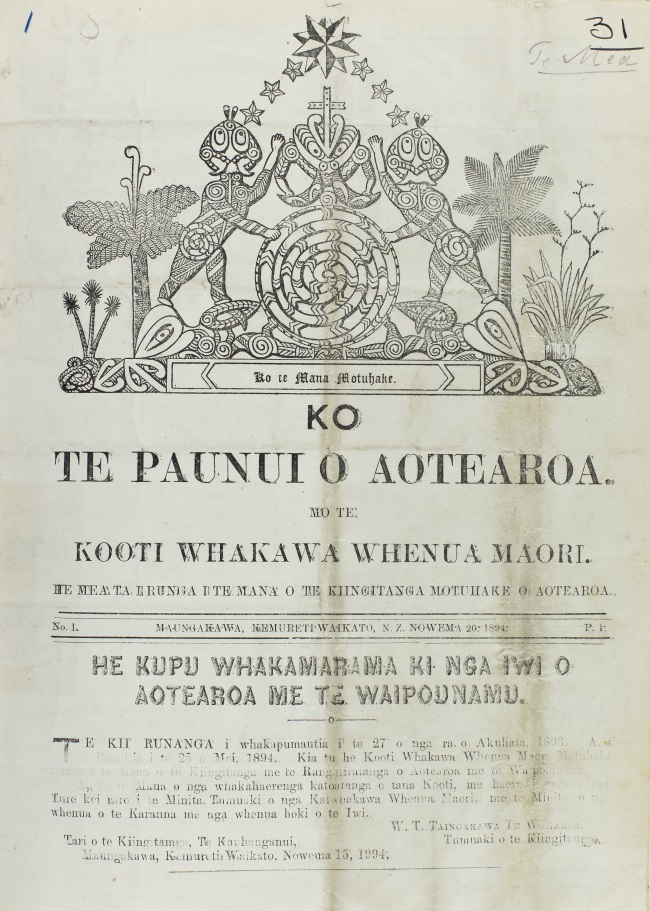 Te Paki o Matariki, Cambridge, N.Z.: Kingitanga (Māori King Movement), 1894, Māori-language newspaper. Published Collections, Hocken Collections, S14-573a.
Te Paki o Matariki, Cambridge, N.Z.: Kingitanga (Māori King Movement), 1894, Māori-language newspaper. Published Collections, Hocken Collections, S14-573a.
Newspapers held great value for Māori because they provided access to new knowledge. Māori saw the power in news and the pleasure that could be derived from its consumption and its sharing. A new platform emerged offering opportunities to voice opinions and concerns. A reading community developed, connecting the population and bringing iwi together through issues of land, mana and rangatiratanga. The linguistic richness and rhythms of whaikōrero were carried over to the newspapers in the publication of letters and vigorous debates of politics, religion and education. Through newspapers, the spoken word could be transported beyond the marae.
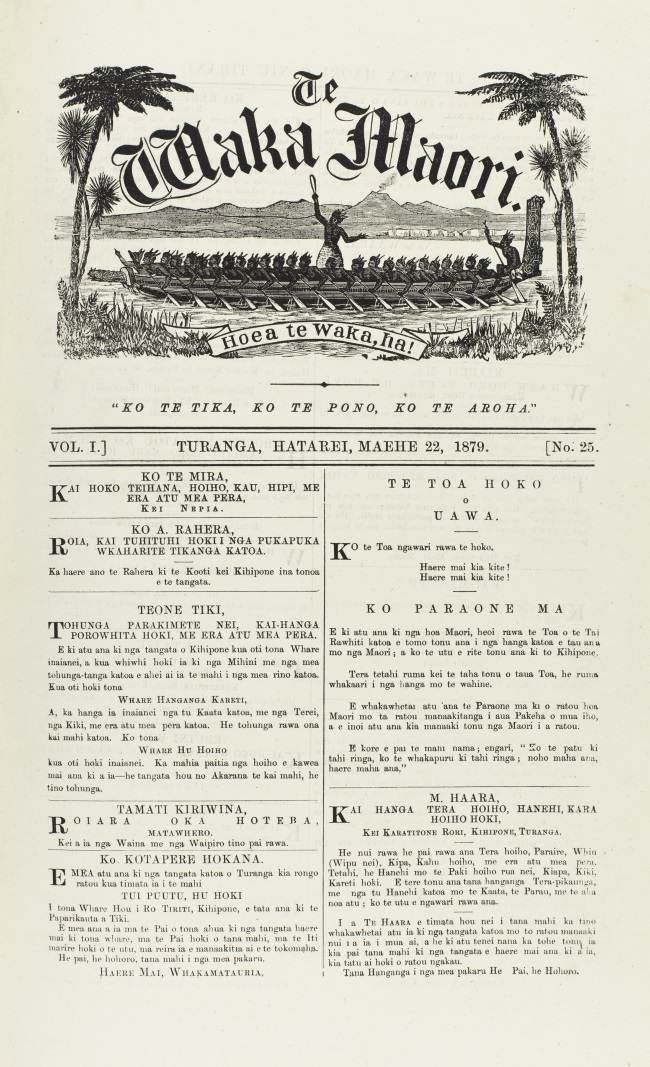 Te Waka Maori o Niu Tirani, Gisborne, N.Z.: Gisborne Maori Newspaper Company (Limited), 1879, Māori-language newspaper. Published Collections. Hocken Collections S14-573b.
Te Waka Maori o Niu Tirani, Gisborne, N.Z.: Gisborne Maori Newspaper Company (Limited), 1879, Māori-language newspaper. Published Collections. Hocken Collections S14-573b.
Aside from the wide and varied coverage of local, national and foreign news, correspondence offers remarkable insight into storytelling, recipes and family gatherings. Obituaries farewell notable personages with revealing reflections on everyday life. Travellers describe journeys. Practical advice is offered on health and farming. Writings include whakapapa, waiata and whakatauākī, and discussions of wairua and kēhua.
Te Hokioi was the first publication printed from a Māori perspective, on a press gifted to the Māori king by the Emperor of Austria. This and papers that followed, Te Paki o Matariki, Huia Tangata Kotahi, Te Puke Ki Hikurangi, illustrate the confidence of Māori in printing their own language. They also demonstrate the variation of written Māori over time, in its translation, and diversity in language usage among different iwi.
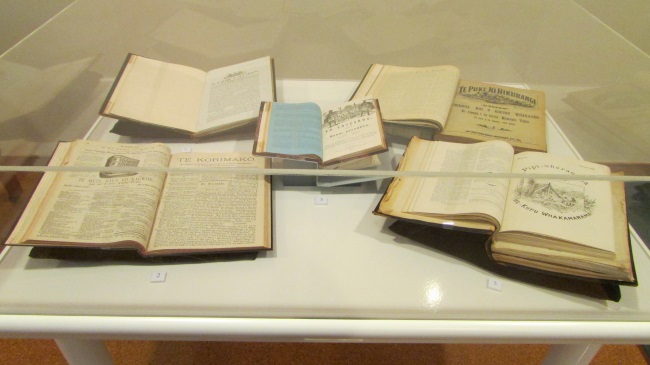 Some of the items on display in the Hocken Foyer
Some of the items on display in the Hocken Foyer
The display at Hocken joins together a range of Māori-language newspapers printed by Māori and by Pakeha. The purpose of the display is to illustrate and celebrate historical records of Māori language held at Hocken. These printed pages remain a rich resource for Māori political, cultural and social history and represent invaluable taonga for the information they offer on ideas, experiences and everyday life of Māori. The display was co-curated with Dr Lachy Paterson from Te Tumu, University of Otago, who has conducted extensive research in niupepa Māori.
List of items on display:
DISPLAY CASE
1. Te Karere o Nui Tireni, Akarana, N.Z.: Hone Mua, 1842, Māori-language newspaper. Published Collections. Hocken Williams Collection 0085.
2. Te Puke Ki Hikurangi, Greytown, N.Z.: K.H.T. Rangitakaiwaho, 1905, Māori-language newspaper. Published Collections. Hocken Williams Collection 0974.
3. Ko Aotearoa, Maori Recorder, Akarana, N.Z.: He mea ta i te perehi o nga iwi Maori, 1861, Māori-language newspaper. Published Collections. Hocken Williams Collection 0336.
4. Te Korimako, Akarana, N.Z.: Henry Brett, C.O. Davis, S.J. Edmonds, W.P. Snow, 1883. Māori-language newspaper. Published Collections. Hocken Williams Collection 0630.
5. Te Pipiwharauroa, he kupu whakamarama, Gisborne, N.Z.: H.W. Williams, 1900, Māori-language newspaper. Published Collections. Hocken Williams Collection 0967.
PLINTH
6. The Seal of the Māori King, Potatau, wax imprint and metal die of the seal of the Māori King, Potatau, with explanation by Dr Hocken of the origin of the seal, c.1862. Hocken Archives MS-1460.
PLINTH
7. Te Paki o Matariki, Cambridge, N.Z.: Māori King Movement (Kīngitanga), 1894, Māori-language newspaper. Published Collections, Hocken Variae v.18.
8. Te Hokioi o Nui Tireni, e rere atu na, Ngaruawahia, N.Z.: Patara Te Tuhi, 1862, Māori-language newspaper. Published Collections. Hocken Williams Collection 0337.
WALL
Te Paki o Matariki, Cambridge, N.Z.: Kingitanga (Māori King Movement), 1894, Māori-language newspaper. Published Collections, Hocken Collections, S14-573a.
Te Waka Maori o Niu Tirani, Gisborne, N.Z.: Gisborne Maori Newspaper Company (Limited), 1879, Māori-language newspaper. Published Collections. Hocken Collections S14-573b.
Huia Tangata Kotahi, Hastings: Kotahitanga (Unity Movement), 1893, Māori-language newspaper. Niupepa: Māori Newspapers. The New Zealand Digital Library, The University of Waikato. Retrieved from http://www.nzdl.org/cgi-bin/niupepalibrary/
Post prepared by Jacinta Beckwith, Liaison Librarian


